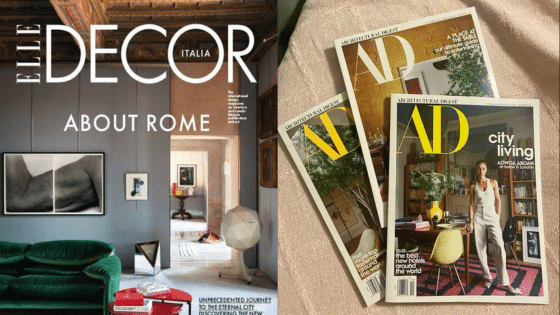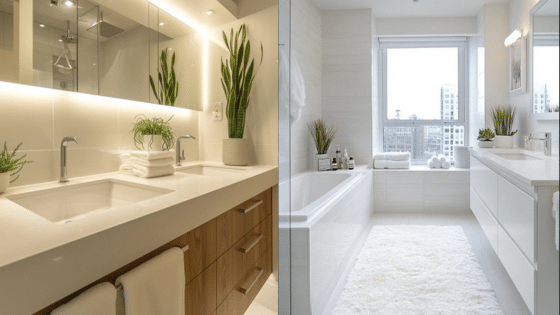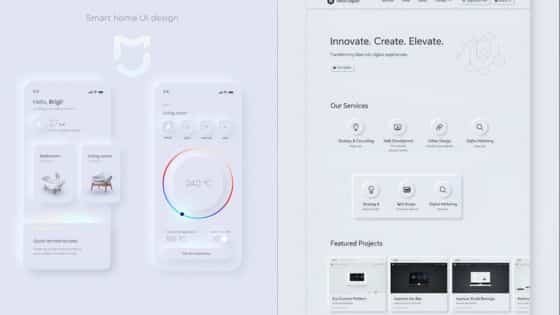Corporate office design plays a key role in shaping how people work and feel at the office. It affects productivity, creativity, and even how clients see the company. Good office design makes the workspace functional, welcoming, and inspiring for everyone who uses it.
When done well, office design blends smart layouts, comfortable furniture, and bright colors. Adding elements like plants or glass partitions can boost mood and encourage teamwork. Companies that invest in thoughtful design often see happier employees and better collaboration.
People want workspaces that match their needs, whether for focused work or group meetings. Modern designs balance style with function, creating places that people enjoy being in every day. This article explores practical and fresh ideas to help transform any office space.
Key Elements of Corporate Office Design
Good corporate office design focuses on making the workspace functional, comfortable, and welcoming. It includes planning the layout to use space well, choosing colors and materials that support the company’s image, and using lighting that helps employees stay alert and positive.
Space Planning and Layout
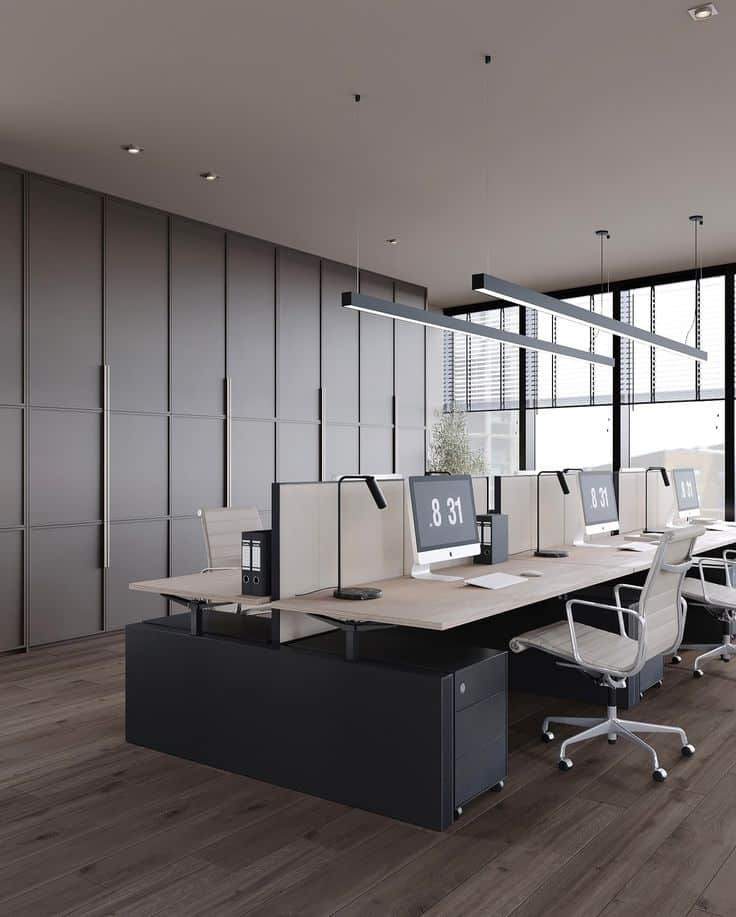
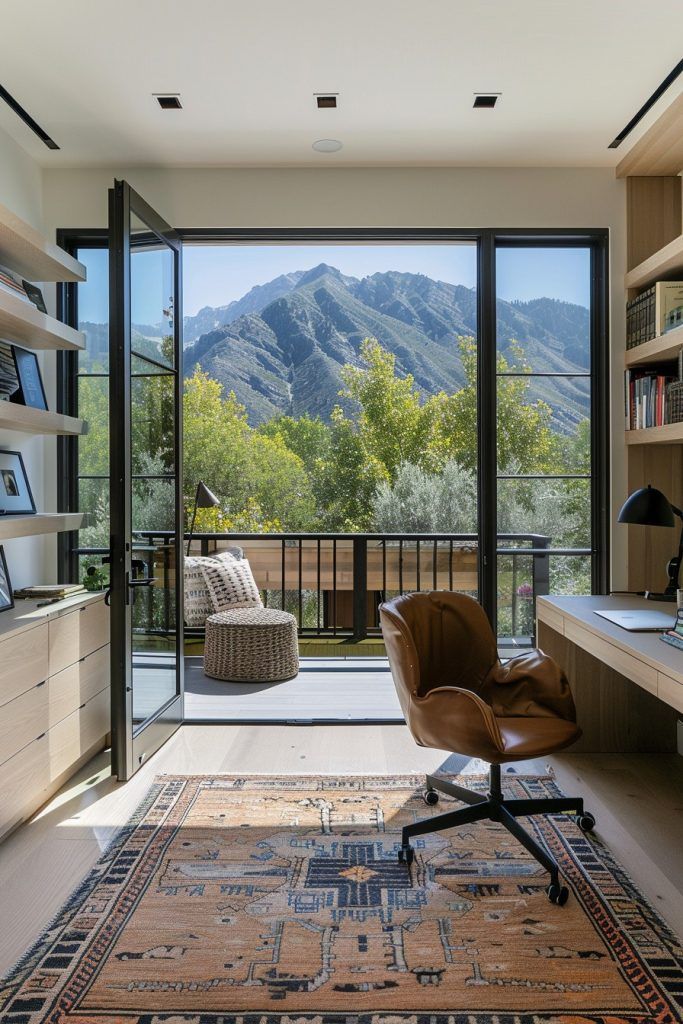
Space planning is about arranging furniture and work areas so people can move easily and work without distractions. It should balance private spots for focused work with open areas for teamwork. Different zones for meetings, quiet work, and breaks help support different tasks.
A good layout considers how many people use the office and what types of work they do. It also includes ergonomic furniture to keep employees comfortable. Hallways and common spaces should allow smooth flow to avoid crowding.
Flexible layouts with movable furniture let companies adapt to new needs. Space planning also includes storage solutions that keep the office tidy and organized.
Color Schemes and Materials
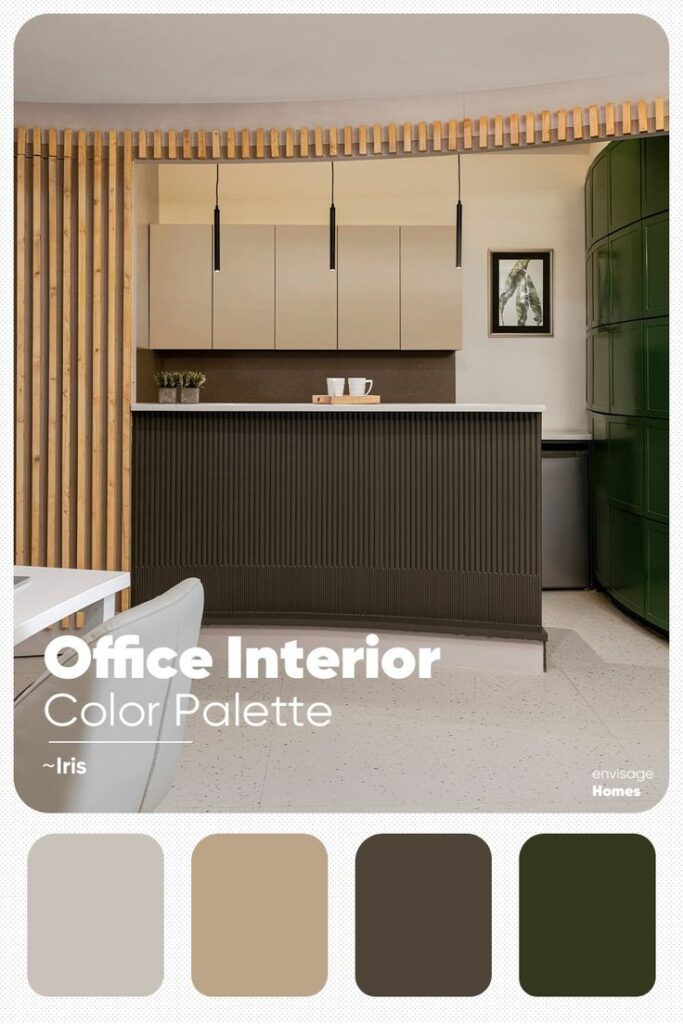
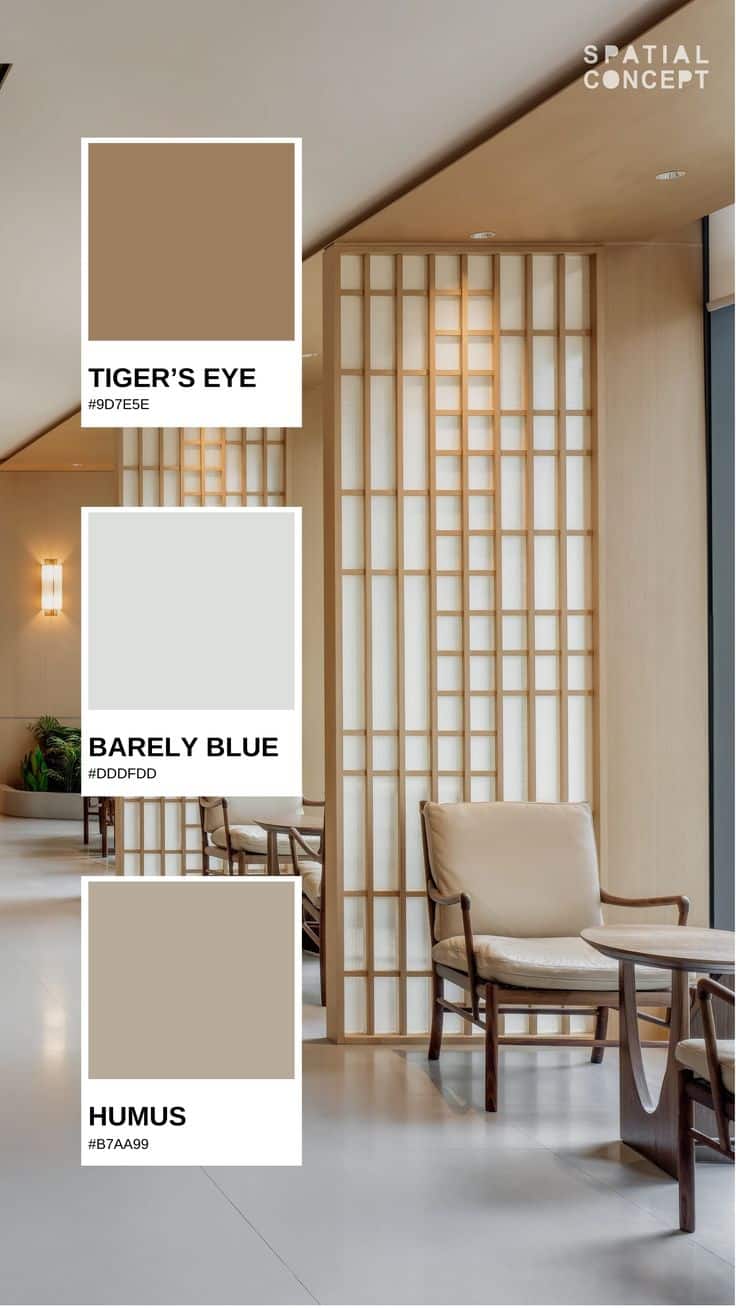
Colors impact mood and energy. Using neutral tones like grays or soft whites creates calm spaces. Accent colors such as blues or greens add energy and encourage focus. These colors should reflect the company’s brand and culture.
Materials need to be durable and easy to clean but should also add warmth. Wood, stone, and natural fabrics bring a cozy feeling. Combining these with modern metal or glass elements keeps the office looking fresh and professional.
Choosing the right mix of colors and materials helps create spaces that feel balanced and inviting, supporting both productivity and comfort.
Lighting Solutions
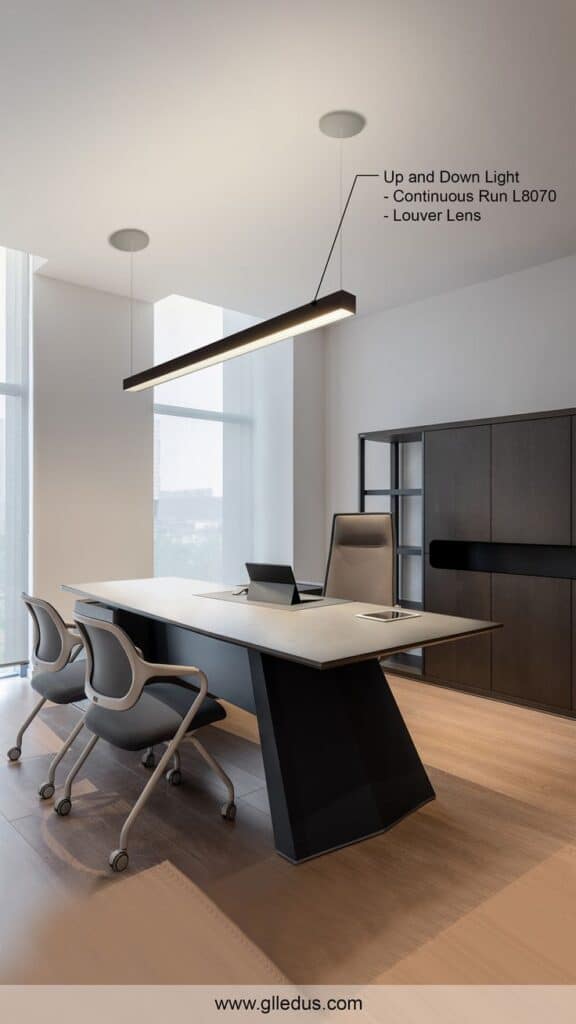
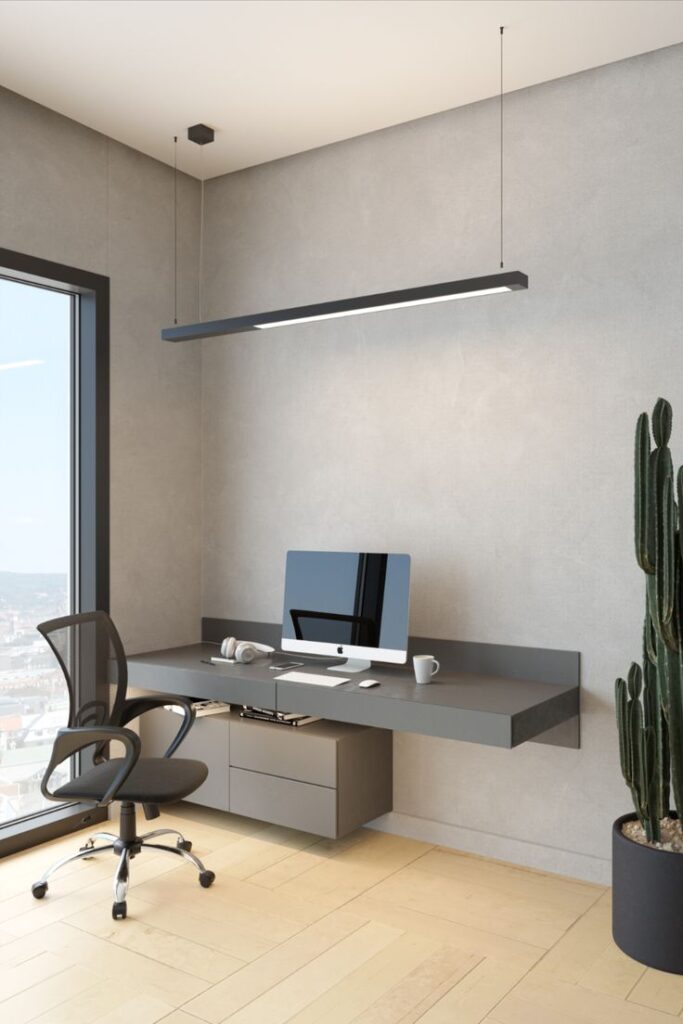
Lighting plays a big role in how well employees can work and feel during the day. Natural light is the best because it reduces eye strain and lifts mood. Offices should use large windows or glass walls to bring in sunlight.
When natural light isn’t enough, artificial lighting must be bright but soft. Adjustable LED lights help employees control their own workspace lighting. Task lighting at desks and around meeting rooms improves focus.
Good lighting avoids harsh shadows and glare on screens. It also helps create a warm atmosphere, which can make the office a more pleasant place to spend time.
Workplace Functionality and Employee Wellbeing
A well-designed office supports both work tasks and employees’ health. It balances comfort, collaboration, and focus to help people feel better and perform well.
Ergonomic Furniture
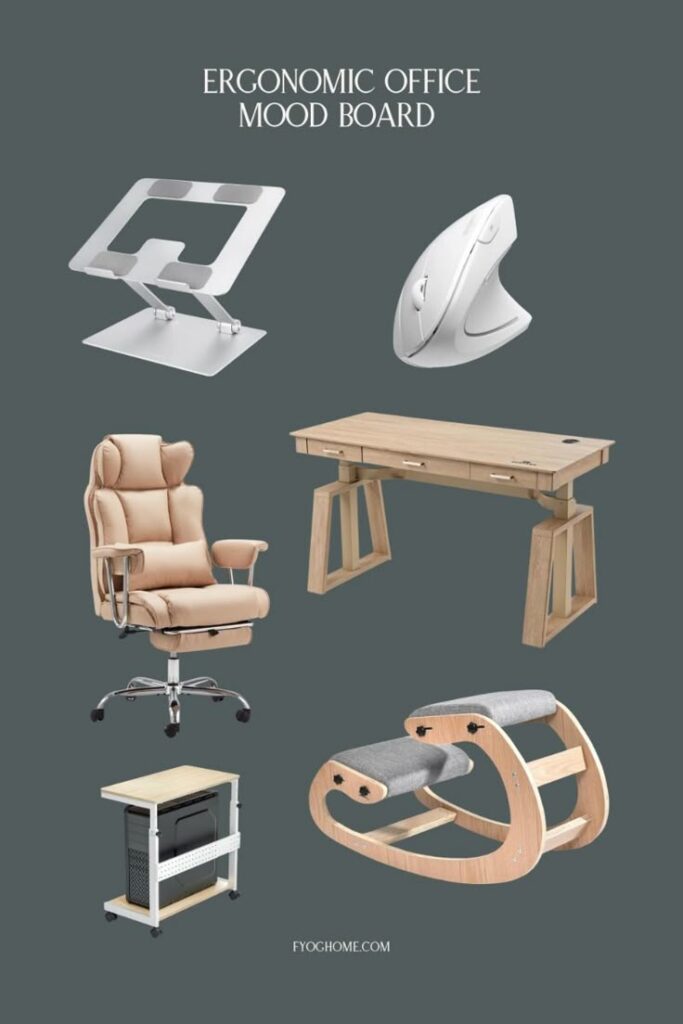
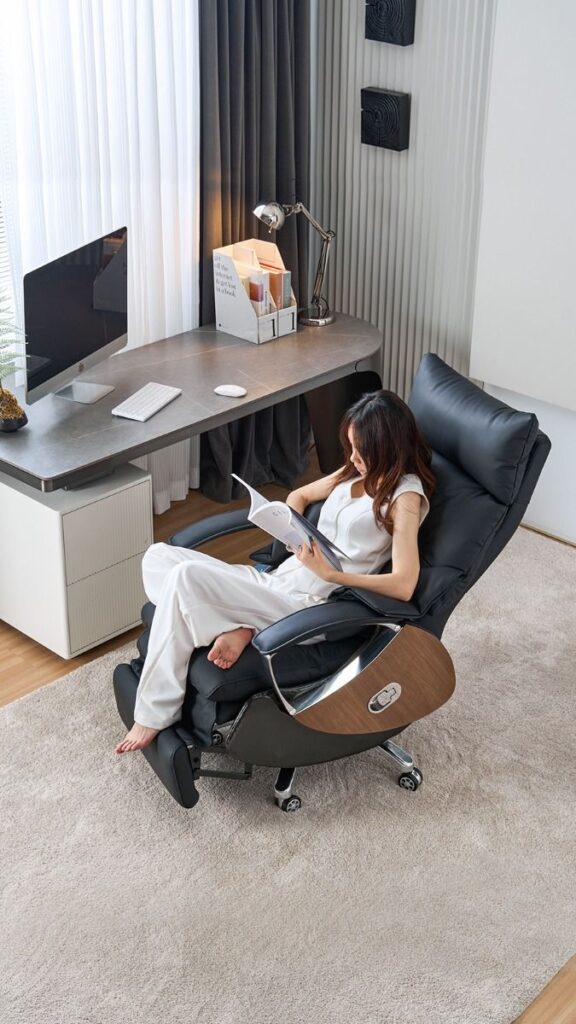
Ergonomic furniture is key to preventing strain and injury. Chairs with adjustable height and lumbar support help maintain good posture. Desks that allow employees to alternate between sitting and standing reduce fatigue.
Proper ergonomics can lower back pain and improve energy levels. Adjustable keyboard trays and monitor stands help avoid wrist and neck discomfort. These features let employees customize their workstations for comfort, boosting wellbeing over time.
Collaborative Workspaces
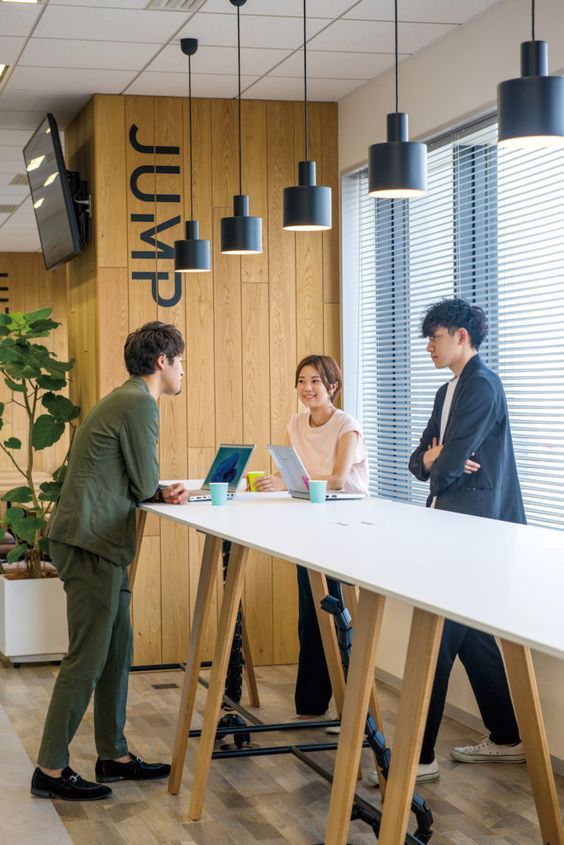
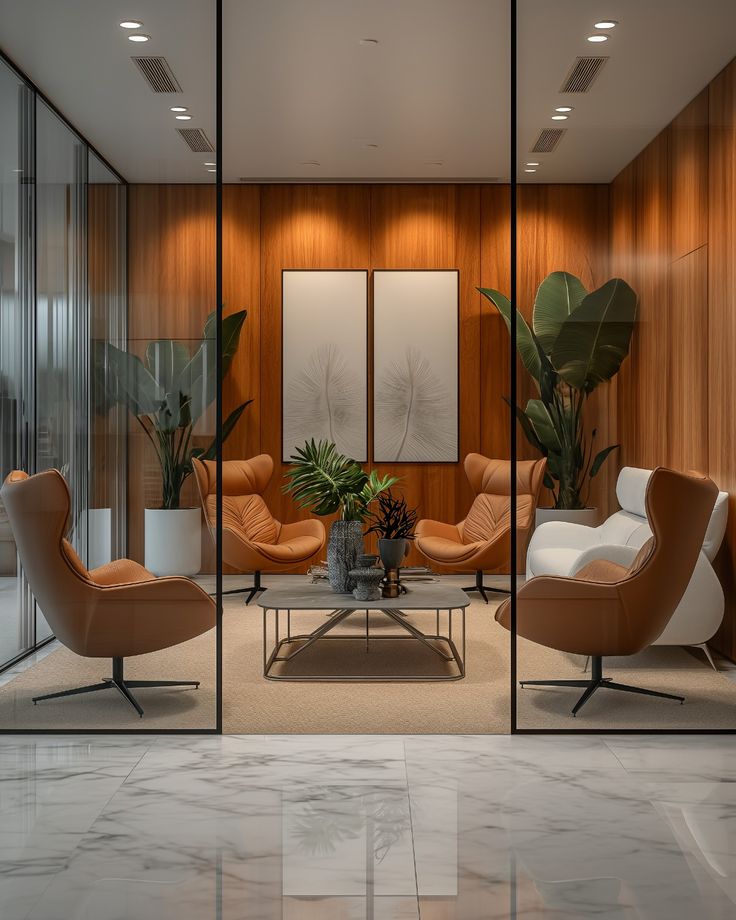
Spaces designed for teamwork encourage communication and creativity. Open areas with movable seating and whiteboards make group work easier. These setups help employees quickly share ideas and solve problems together.
Flexible furniture supports different activities, like brainstorming or quick meetings. Natural light and accessible technology improve collaboration by keeping everyone comfortable and connected. Such areas foster a sense of community and support.
Privacy and Focus Areas
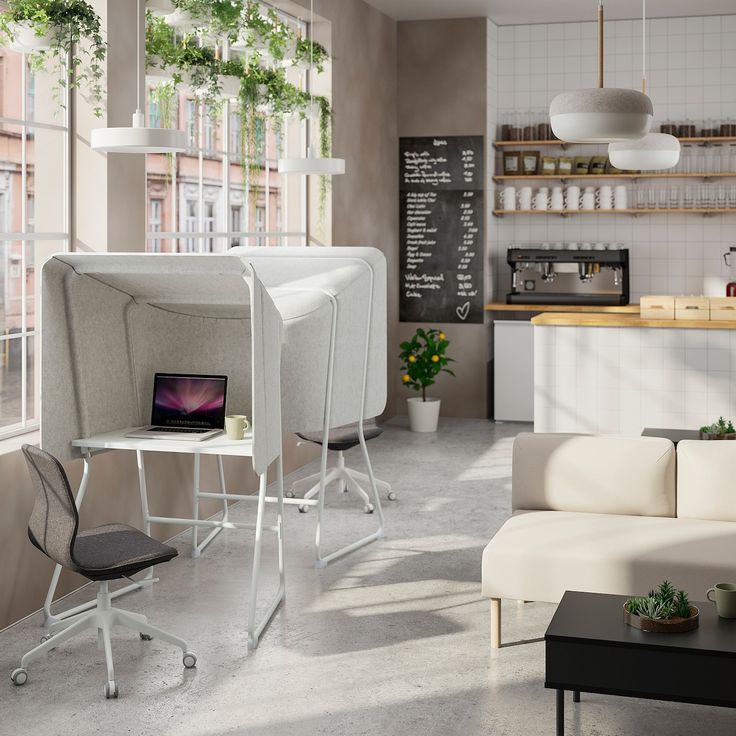
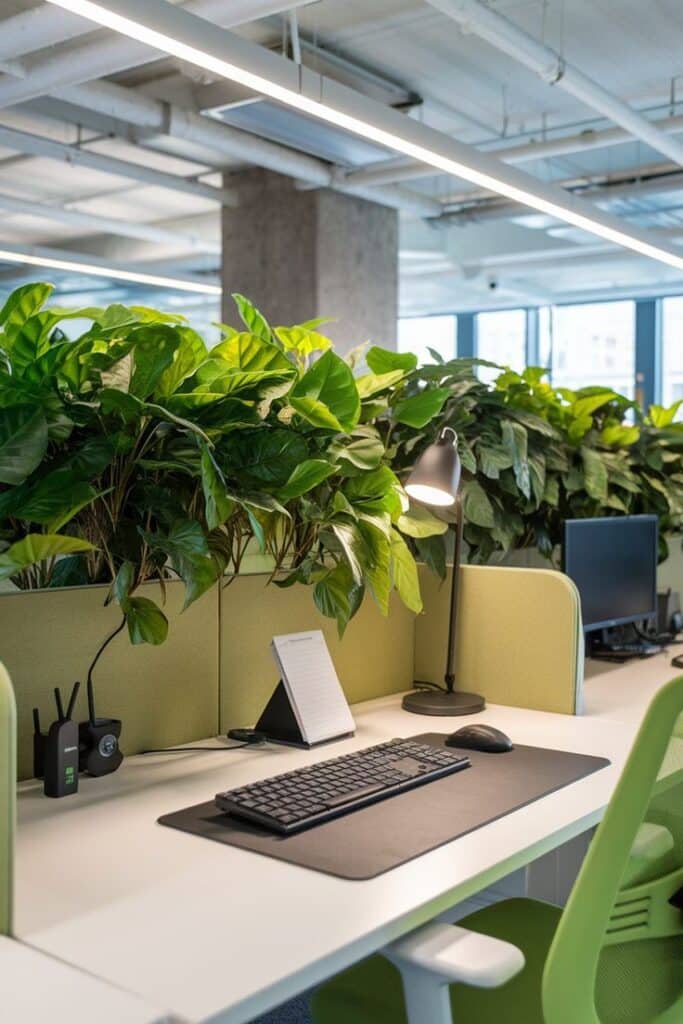
Quiet zones are essential for tasks requiring deep concentration. Partitions, soundproofing, or separate rooms minimize distractions. Employees can retreat here when they need to focus or handle confidential work.
Providing balance between open and private spaces respects different work styles. Clear signage and booking systems can help manage use. These areas improve productivity and reduce stress by giving control over the work environment.
Technology Integration in Office Spaces
Technology plays a big role in improving how office spaces work. It helps make the environment more efficient, comfortable, and suited for teamwork. The right technology supports daily tasks and helps people focus on their work without distractions.
Smart Office Systems
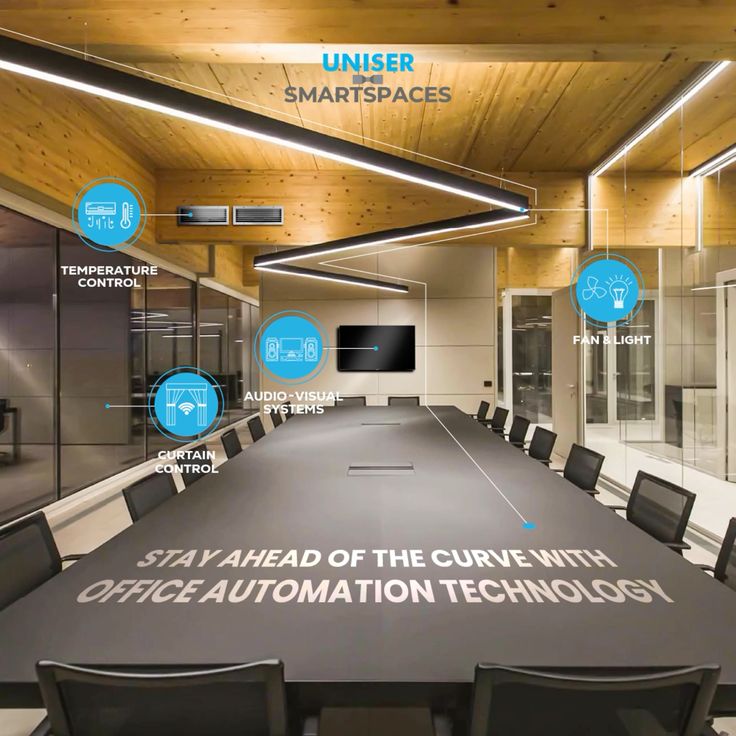
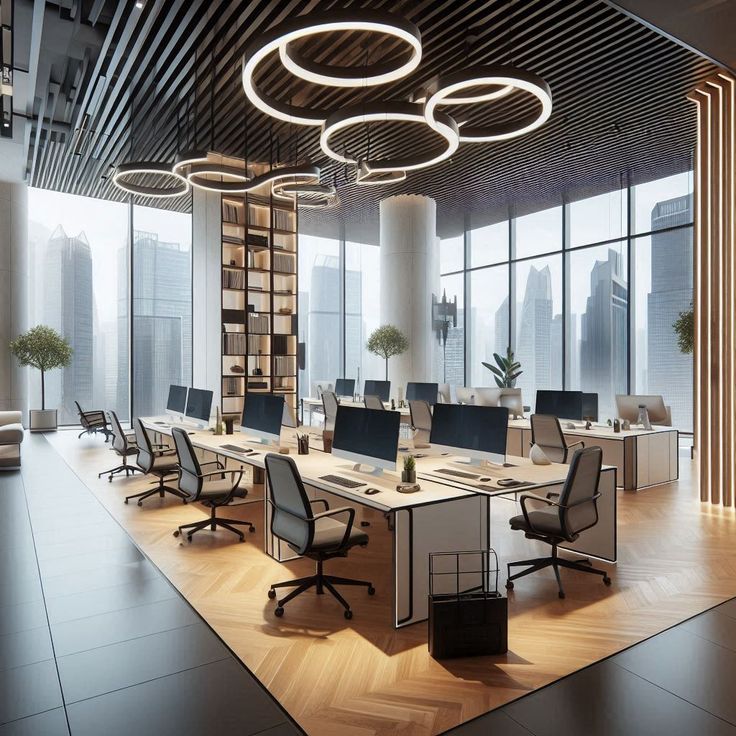
Smart office systems include tools like automated lighting, climate control, and IoT devices that adjust settings based on usage and preferences. These systems save energy by turning off lights and equipment when no one is around. They also improve comfort by keeping temperature and air quality consistent.
Advanced smart systems can track occupancy in real time. This helps companies use space better and plan for meetings or breaks. Plus, smart offices can include security features like facial recognition or keyless entry to keep employees safe.
Smart systems reduce distractions by customizing environments automatically. For example, noise levels and lighting can be fine-tuned for different activities like calls, meetings, or focused work.
Audio-Visual Equipment
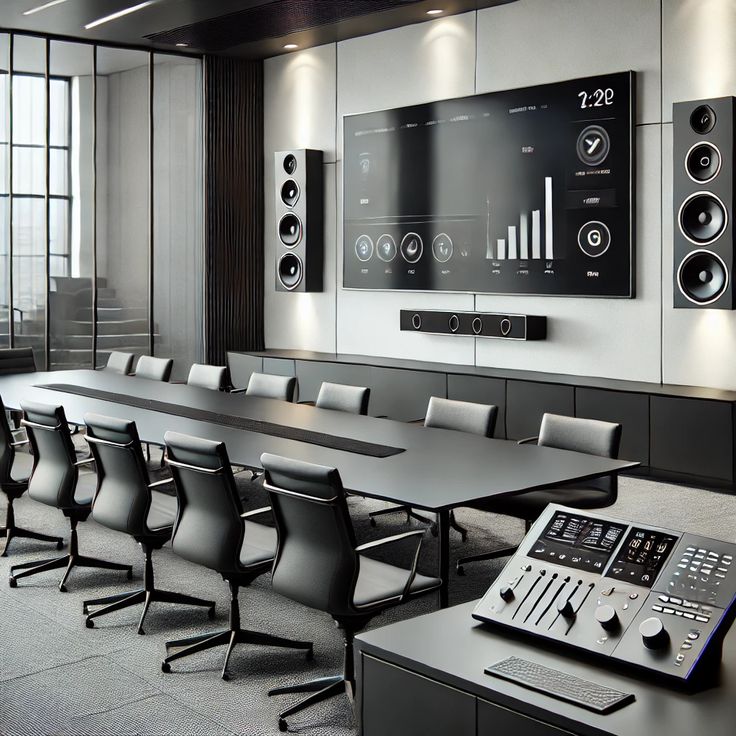
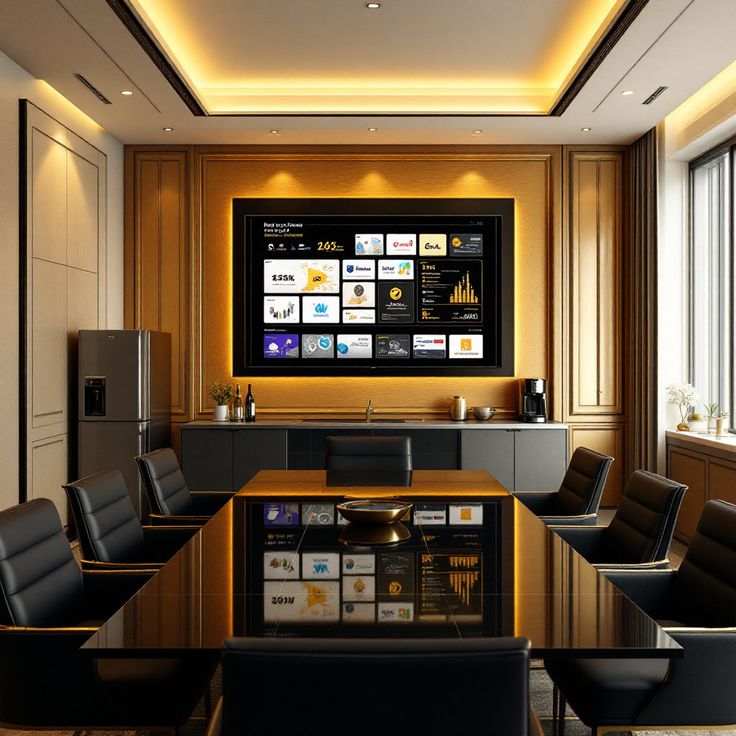
Audio-visual (AV) equipment is essential for modern offices, especially with hybrid work models. Good AV setups include high-quality microphones, cameras, and speakers for clear communication during video calls. This helps teams stay connected, whether they are in the office or remote.
Meeting rooms often have interactive displays or touchscreens that make presentations smooth and engaging. These devices allow easy sharing of content from laptops or mobile devices, reducing setup time.
AV equipment also supports collaboration tools, making group work more effective. For example, digital whiteboards can save notes and share ideas in real time. This technology helps keep meetings focused and productive, with less technical trouble.
- 64shares
- Facebook0
- Pinterest64
- Twitter0
- Reddit0








